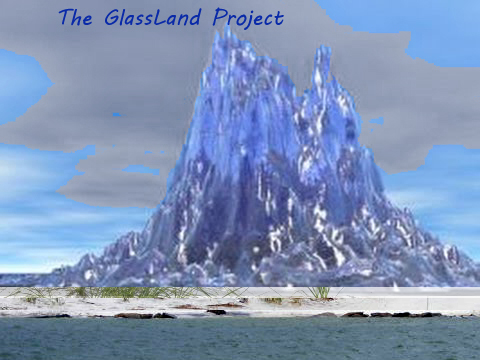
Definitions
Genuine
"Recycling," also known as 360 degree, closed loop, or simply "real
recycling," is a five-step process:
1. DISPOSAL - is placing
waste glass in a bin, "Glass-Only" dumpster or other specified container for
collection and transfer into the recycling stream. Disposal is what you the
consumer, or commercial ventures who generate sizable quantities of waste glass, do with
their glass.
2. COLLECTION - is what
the Recycling Company does when it picks up the glass with its trucks.
3. PROCESSING - is what
happens to the glass after it's collected. Processing is done in a large processing
facility that pulverizes, crushes,agitates, filters, sorts and even washes the glass to
make it useable for another purpose. Until recently, most has been processed to create
"cullet," a grade of crushed glass used principally to make new bottles and
containers. Some is now destined to be processed into a finer grade to replace ever
scarcer sand in the manufacture of construction concrete. As the world's silica sand runs
out, more cullet will be processed for use by the fracking industry. Glassland
is a unique custom processor capable of manufacturing a full range of sand-like product to
meet the needs of every kind of buyer. But we process for use by one industry
only: the Coastal Restoration Industry.
4. DELIVERY - is packaging
and shipping the re-constituted glass to its buyer or end-user in a grade and package
suitable for its intended use. Most Glassland products are shipped by vessel since
most of what we produce is used to restore our coastal wetlands, renourish our beaches and
rebuild protective barriers and dunes. (Our vessel of choice is a Hovercraft capable
of delivering 90 tons - 180,000 pounds - of recycled glass per delivery.)
5. REUSE - Only when the
processed glass has been incorporated into a new product or disbursed at a restoration
site can it be said to have been genuinely "recycled."
Home
Definitions
Landfills
Disposal
Legislation
Restoration
projects
The
Library
Educational programs
|